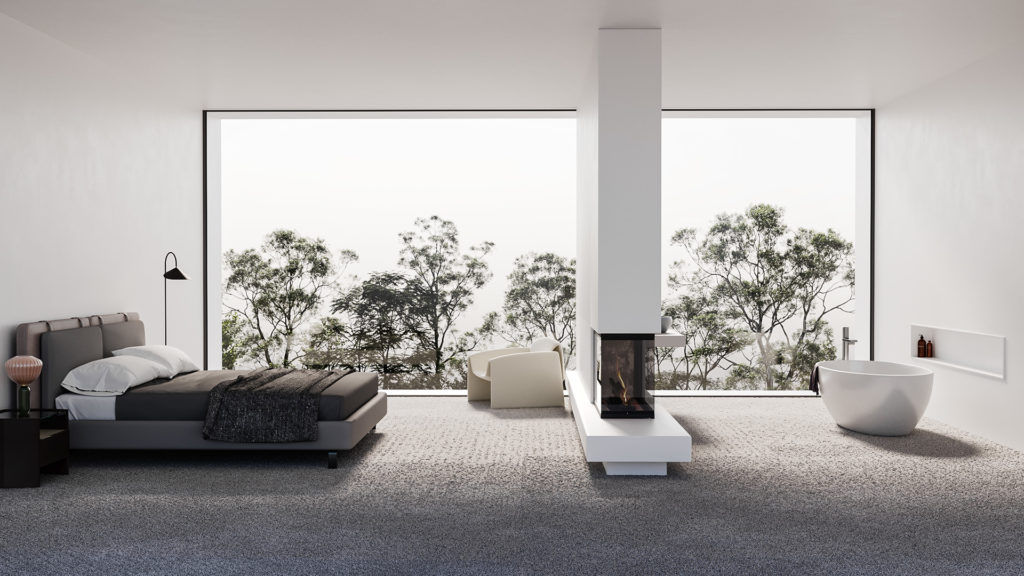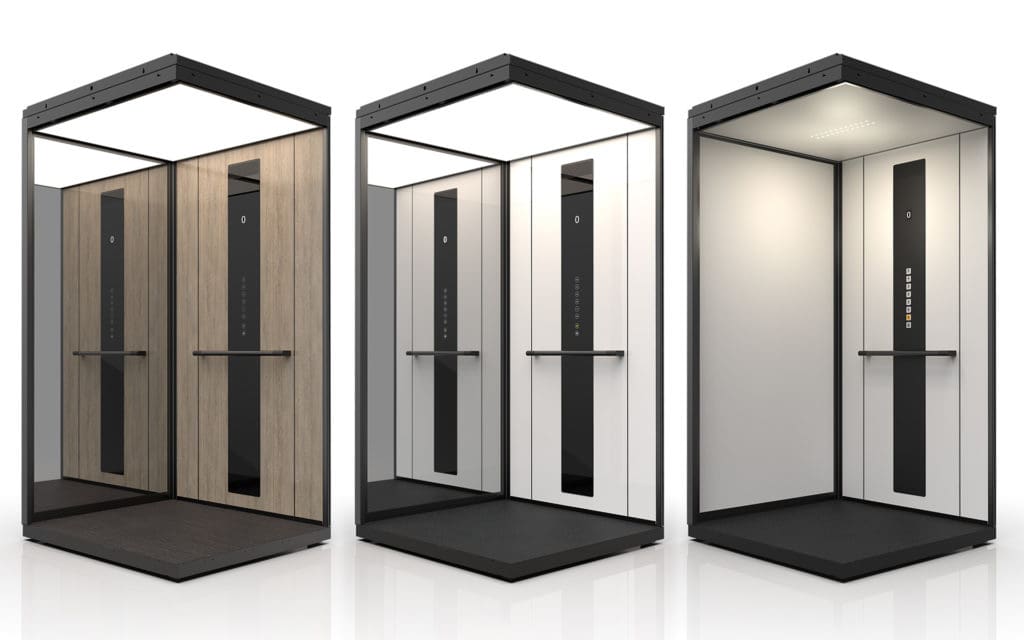How to choose the right 3D agency and order material for your business
- #Please share the article.

About the writer
![]()
Tom is Visuals By Nor’s digital marketer, with more than 10 years of experience he has worked with everything from PPC, SEO, Content and much more since he started his first marketing job in 2011.
Reading time: ~5 Min
This article may contain advertising in the form of links.
As social media marketing has taken off and online visibility has become more important than ever, more and more companies have chosen to use digital 3D visualisation to produce images and videos of their products instead of traditional photo and video filming.
Brands often need a massive amount of visuals to produce effective enough campaigns and build visibility to compete in today’s tough digital marketplace.
In this article, I’ll go over the pros, cons, process, what to consider when choosing an agency and how you can use this technology for your marketing efforts, so you can make an informed decision for your upcoming campaign.

What is digital 3D visualization and rendering?
3D visualization is the praxis of producing virtual objects like products or houses using 3D modelling in dedicated computer software in order to make life-like images and videos that are often used for marketing purposes.
A good 3D artist can recreate any item with every tiny detail as a digital object and the resulting material can often be indistinguishable from the real-life object.
Rendering is used as another synonym for 3D visualization but is really referring to the process of generating the final image or video using the digital 3d models of the object in question.
Even smaller businesses can make use of 3D
In the past, only bigger businesses with large budgets could afford to produce digital marketing material using 3D. This has changed a lot in recent years thanks to smarter, more efficient ways of working which brings the budget requirements down significantly.
A modern agency with state of the art tools and hardware can often produce material significantly quicker than the older ways of working and even small studios can often get very impressive results if they are talented enough.
What are the benefits of 3D visualization for marketing?
There are many different benefits of 3D for marketing purposes that can differ depending on needs. Some of the more general benefits that most can take advantage are the following.
It’s generally quicker – than booking a traditional photo- or video shoot. Since everything is done digitally you can skip all the planning that comes with a real-life photo shoot.
You don’t even need to have a finished product or building project to start producing marketing material. A good agency can base the material completely on your drawings, sketches or blueprints and produce impressively realistic material so you can start marketing even before your project is done and ready for sale.
Often significantly cheaper – than traditional video and photography. Booking a photoshoot, finding a location, staging, lighting setup, lodging and catering and all else it entails can be very costly. None of this is needed when it’s all done digitally by a 3D artist instead. This makes 3D visualization much more obtainable even for smaller businesses.

Complete creative freedom – With digital material you are no longer bound by real-life circumstances like weather, lighting and things like gravity and physics. With 3D you can create anything you can imagine and get impressive special effects animations like those you see big brands use in their advertisement on TV.
Quick and easy to do updates down the line – A good agency will store the files from your previous 3D project so they can be opened in the future and quickly updated for a smaller cost. That way you don’t need to pay for remaking the same material if all you need is to update a change that you made to your product to improve it later on.
What are the drawbacks of 3D?
The drawbacks are getting fewer and fewer, but there are some things to think about.
Animated humans can be tricky and costly – If you need moving, talking realistic humans in your material you are often best off using regular video. The video could then be inserted realistically into a 3D scene if you need a setting you can’t film in.
The biggest reason for this is that it’s very time consuming and costly to get realistic 3D humans to talk and move right. It can certainly be done as long as you use a talented agency, but expect a higher cost.
Still humans for images is on the other hand is very obtainable and much cheaper to produce.
Certain product types can be cheaper to photograph – For clothing stores it can often be cheaper and better to do traditional photo-shoots. They often require models to wear the clothes and it would likely not be economical to replace with 3D.

How do I order 3D material for my business?
There are many different 3D agencies out there. Some specialize in something specific, like architecture and others are more generalized and work with anything from product pictures to animations.
I will list the typical steps required by the customer to get 3D material made. This can naturally vary depending on the workflow and policies of the agency, but in general, this is how it works.
Step 1: Finding a suitable agency
Usually, it’s best to do a google search for 3D agency or 3D rendering and see what comes up. Another good way is to find a directory that lists companies by industry and sort it to find agencies that provide the services that you need.
Take a look at their portfolio and judge if you think what they make is on par with the quality you are looking for.
I’m not going to list agencies here or make recommendations as it would be hard to be objective and not biased, since our company, Visuals By Nor, is an agency that provides these services ourselves.
If you consider using us for your marketing needs you can request a free consultation. We then sit down with you either in a meeting or over email to listen to your needs so we can help you understand where you want to come with your material, recommend a fitting service and if you think we are a good fit, we can work together in the future.

Step 2: Consult the agency and tell them what you are looking for
Tell them about your project in detail and show what you can of it and what you are looking to do.
A good agency will be able to explain how to reach your goals and recommend services.
- Make sure to clearly state if you have specific needs for the resolution of the final material and if you need specific file types. Some agencies will charge you extra for higher resolution/bigger pictures so make sure this is clear from the start.
Most good agencies will provide 4k 300DPI by default and can go higher if needed. - Also, make sure you know what they charge for things like different camera angles of the same material.
This shouldn’t be something that cost as much as the initial picture unless the angle shows a bunch of things that aren’t visible at all in the first picture and therefore has to be made to produce the new angle. - If you think there is a possibility that you need updates done to the material or new similar content done in the future, I would recommend asking the agency if they store the project files for future use. A fair agency will store these safely for you for free, so that they can be used in the future if you update your product and need updated material.
Of course, this is also where some agencies will try to charge you more, so make sure this is clear from the start. - You should also state your terms in regards to confidentiality. If you have a Non-Disclosure Agreement, NDA, that you need the agency to sign so that you are sure that they keep your information safe. Send over this for the agency to sign before relaying any sensitive information.
After the first contact, you will usually be sent a quotation detailing the costs needed and outlining the project.
Step 3: Starting up and during the project
Once the details have been ironed out and you have agreed on a scope for the project, you can send over any material you have that the agency can base their work on.
This could be anything detailing your project, such as photos, drawings, sketches, blueprints or even a prototype or the product itself.
Most agencies charges 50% of the project up front and the remaining 50% will be charged at the end of the project.
Depending on how the agency works they will likely send you work-in-progress pictures of the material so you can give input. Some charge for changes while others include a handful of revision hours in each project so you can leave input.
We recommend working like this, as the customer must be able to ask for changes during the project without expecting additional charges, unless the changes are very big and time-consuming of course.
Some agencies will charge you for every little change you make, so ensure that you know what the terms are before you start a project. These should naturally be listed in the quotation.
Step 4: Finalization
Once everything is done and you as the customer confirm that you have no additional changes, the second and last invoice will be sent over for the final 50%.
This is when the final material will be rendered out in the agreed-upon high-resolution and sent over to you. These files can often be too big for regular emails, so a service like WeTransfer or similar will likely be used to safely transfer the files to you.
Closing words
I hope this was informative and will help you establish a long-lasting mutually beneficial relationship with a good agency that can help you reach your marketing goals.
If you are looking to talk to an expert and get a consultation for your upcoming project, feel free to get in touch and request a free consultation and we’ll gladly help out and get you started.
Good luck!
- #Please share the article.

About the writer
![]()
Tom is Visuals By Nor’s digital marketer, with more than 10 years of experience he has worked with everything from PPC, SEO, Content and much more since he started his first marketing job in 2011.
